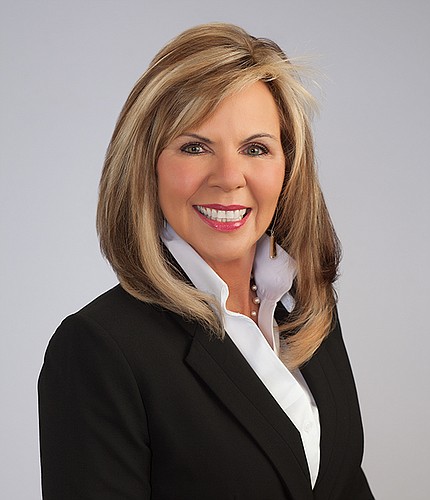- January 2, 2025
-
-
Loading

Loading

Through a referral, Tampa area Realtor Darlene Davenport recently connected with a Chicago couple looking for second home. The couple’s chief stipulation: They sought something within a 45-minute drive to Tampa International Airport.
'The difference today is this is real money. It’s a solid market, and I think it can sustain itself.' Darlene Davenport, Smith & Asociates
Davenport found the couple of house on a lake in the Riverview area, a 4,000-square-foot property. The couple loved it, made an offer and bought the house — for $650,000.
Pretty standard stuff save for one big curve: The first time the Chicagoans saw the Tampa house was after they closed, when Davenport drove them there after they flew into town in late August. Although it’s not every sale, Davenport, president of Greater Tampa Realtors and a broker with Smith & Associates, says a once-rare sight unseen sale like that is becoming normal, if not frequent. “We’ve seen more and more of that,” Davenport says.
That trend could be here to stay, she projects, as the influx of people from the Midwest and Northeast continue to place a premium on quality of life amid the pandemic. Her Chicago clients, she says, planned to get a second home in Tampa at some point and aren’t retirees yet. “They moved up their timeline five or six years,” she says.
With sales like that, combined with more traditional sales, the Tampa residential market is rolling, much like it is in other parts of Florida’s Gulf Coast. Closed single-family home sales, according to data from Greater Tampa Realtors, increased 8.3% year-over-year in July over July 2019. The average sale price is up 13.7%, to $365,721, while total sales volume on closed properties is up 23.2%, to $822.1 million.
Like in other areas, the challenge is finding enough homes to sell. “When supply is low, it can be a frustrating time to be” in real estate, Davenport says, but a “professional Realtor needs to get out and look for who they can convince to sell a home.”
The Tampa region has been here before, in the early and mid-2000s, when the market soared for years until the 2008-09 crash. Davenport says back then the market was defined by false fundamentals, including lax lending practices. She believes things are different this time, and the hot market could be around for at least the rest of 2020. “The difference today is this is real money,” Davenport says. “It’s a solid market and I think it can sustain itself.”